News WOSCU
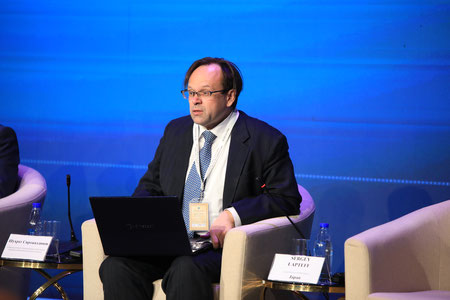
Sergey Laptev: "Numismatics is the Key to Understanding the History of Uzbekistan"
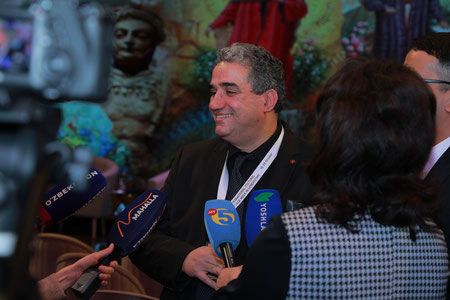
Quran Scholar Karim Ifrak: Mobile Phones Are the Legacy of Khwarizmi
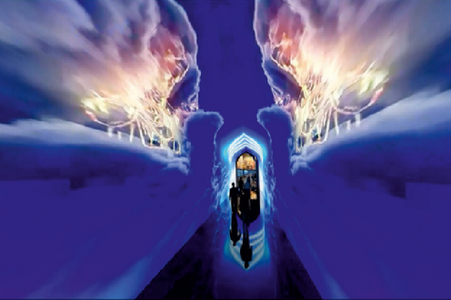
"Time Capsules" to Appear at the Center for Islamic Civilization in Uzbekistan
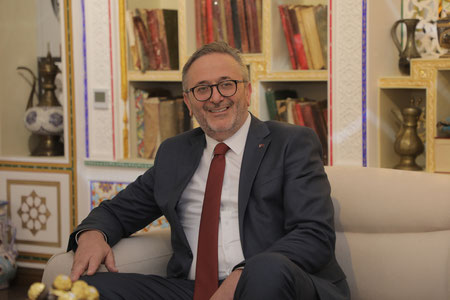
Joshkun Yilmaz, President of the Turkish Manuscript Institute: Uzbek scholars have made an immense contribution to Islamic civilization.
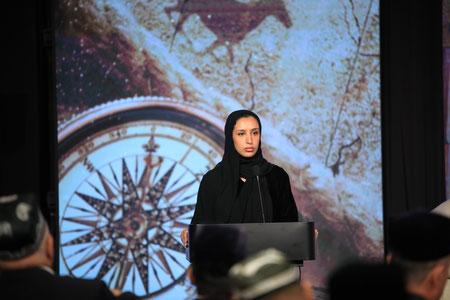
Bakhita Ahmed al-Rumeisi, Executive Director of the Manara Center (UAE): The Uzbek model of modernization and competitiveness on the international stage has been highly successful
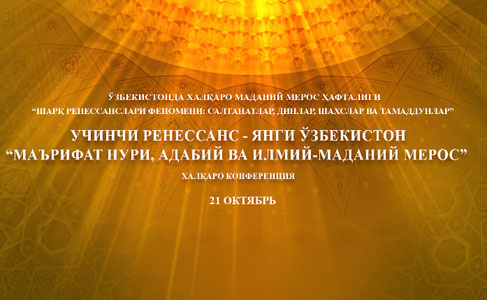
THE THIRD RENAISSANCE: THE FOUNDATION OF NEW UZBEKISTAN
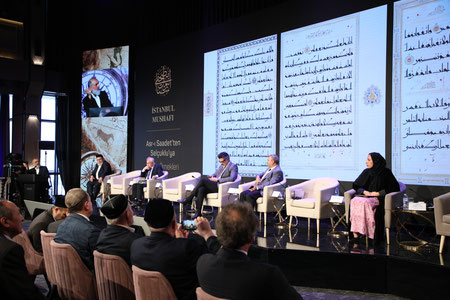
A cultural symposium on the topic "Islam — A Religion of Peace and Kindness" was held in Tashkent
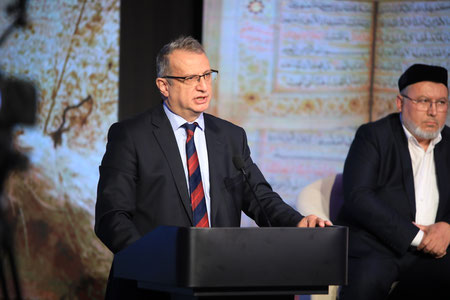
Chingiz Tomar, IRCICA Deputy Director-General: Uzbekistan is our ancestral homeland, a sacred place.
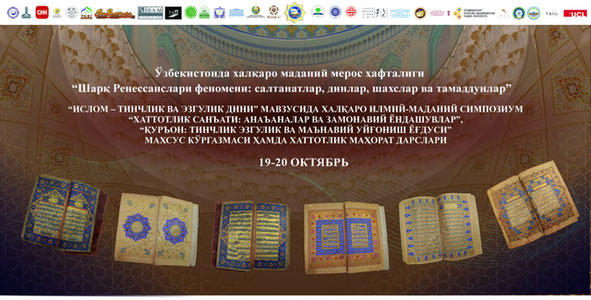
INNOVATIVE APPROACHES TO THE SPIRITUAL HERITAGE OF ISLAM: QURAN DAY WITHIN THE CULTURAL HERITAGE WEEK
On October 19, as part of the International Cultural Heritage Week of Uzbekistan, "The Phenomenon of Eastern Renaissances: States, Religions, Personalities, and Civilizations," an international scientific and cultural symposium titled "Islam — the Religion of Peace and Kindness" will be held in the conference hall of the World Society for the Study, Preservation, and Popularization of the Cultural Heritage of Uzbekistan. Additionally, projects such as "Medieval Qurans of Uzbekistan" and "The Innovative Museum of Imam Al-Bukhari" will be presented.
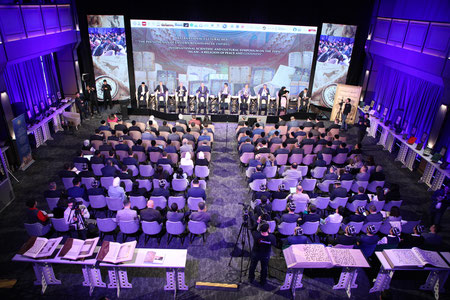
THE FIRST DAY OF THE CULTURAL HERITAGE WEEK: GREETINGS AND DISCUSSIONS
On October 18, the opening ceremony of the International Cultural Heritage Week took place in the conference hall of the World Society for the Study, Preservation, and Popularization of the Cultural Heritage of Uzbekistan (WOSCU) in Tashkent. The event, titled “The Phenomenon of the Eastern Renaissance: States, Religions, and Civilizations,” brought together over 250 scholars, experts, and representatives of cultural institutions, as well as media. Among them were more than 20 renowned international specialists.
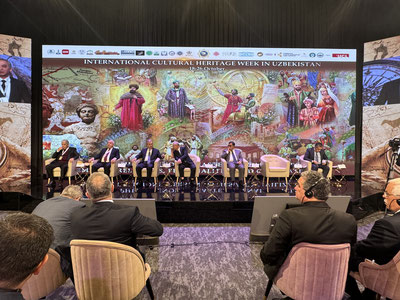
The Opening of the Cultural Heritage Week in Tashkent: A New Impetus for Global Scientific Dialogue
On October 18, the opening ceremony of the International Cultural Heritage Week in Tashkent took place in the conference hall of the World Society for the Study, Preservation, and Promotion of the Cultural Heritage of Uzbekistan (WOSCU). The event, titled "The Phenomenon of the Eastern Renaissance: States, Religions, and Civilizations," gathered leading scholars, experts, and representatives of cultural institutions, with over 100 international participants from 20 countries.
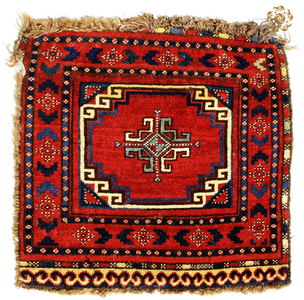
Happiness in Carpets
Pileless carpets, such as gadjari, ok-enli, and kiz-gilam, represent a unique art form that reflects the rich cultural tradition of Uzbekistan. The craftswomen who create these carpets use ancient techniques and symbolism, making each piece not only beautiful but also deeply meaningful. What kind of meaning? We’ll explain here:
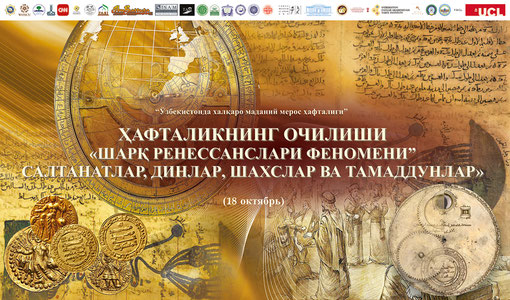
Opening ceremony of the Cultural Legacy Week in Tashkent: "The Phenomenon of Oriental Renaissances: States, Religions, Personalities and Civilizations".
On October 18, the opening ceremony of the Cultural Legacy Week "The Phenomenon of Oriental Renaissances: States, Religions and Civilizations" will be held in the Conference Hall of the World Society for the Study, Preservation and Popularization of the Cultural Legacy of Uzbekistan (WOSCU).
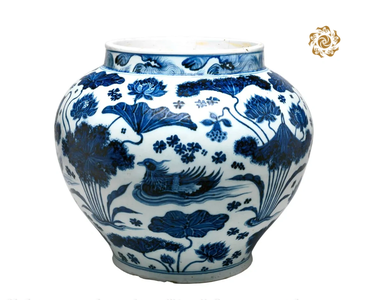
"Timurid ceramics as part of the art of Chinese porcelain"
Timurid ceramics and Chinese blue-and-white porcelain represent significant elements of the cultural exchange that occurred in Central Asia during the 15th and 16th centuries. Let's explore how it all began:
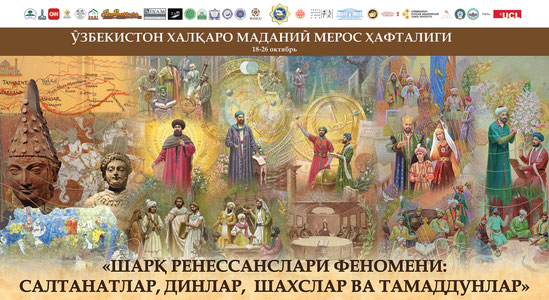
Tashkent is preparing to host the international Cultural Legacy Week "The Phenomenon of the Oriental Renaissance: States, Religions, Personalities and Civilizations".
From October 18 to 27, 2025, the capital of Uzbekistan will become the center of international cultural dialogue. Tashkent will host the Cultural Legacy Week "The Phenomenon of the Oriental Renaissance: States, Religions, Personalities and Civilizations", which will include conferences, seminars, forums, exhibitions and presentations. More than 100 foreign scholars and experts, including heads of international cultural organizations, heads of foreign museums and libraries are expected to participate. CNN and Euronews will provide information support.
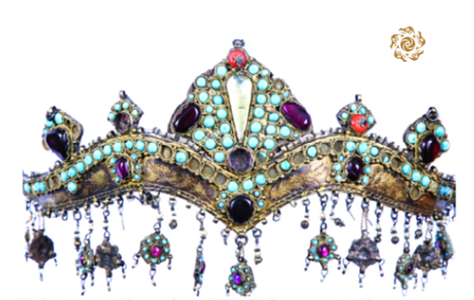
"Golden Eyebrows" of the Fergana Valley
Women's forehead ornaments of the Fergana Valley and Tashkent are a vivid example of the traditional art and culture of this region. However, the tillya-kosh, or "golden eyebrows," is a special detail:
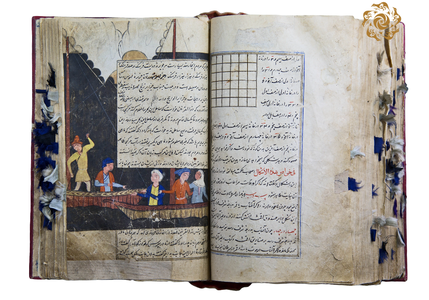
Charmduzy are masters of all trades from Samarkand and Bukhara
The Charmduzy, leather craftsmen of Central Asia, were renowned for their artistry and skill, creating unique items in front of their clients. In the bustling bazaars of Samarkand and Bukhara, they transformed ordinary pieces of leather into true works of art. Here’s how they did it:
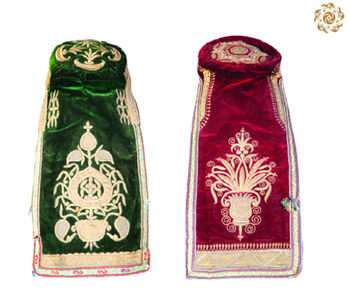
How the headdress was used to determine the status of women in Bukhara?
The telpak and kaltapushak are not only beautiful but also symbolic elements of women's wardrobe in the late 19th century. These headpieces can be used to determine the wealth of urban women in Bukhara. Here’s how:
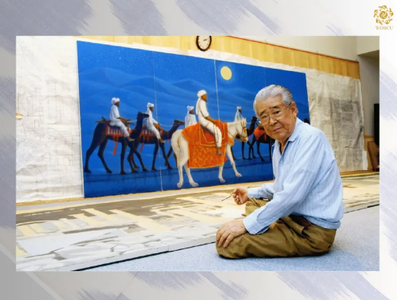
How Uzbekistan Changed the Life of a Japanese Artist Who Survived the Atomic Bombing
Renowned Japanese artist Hirayama Ikuo survived the atomic bombing in 1945. In 1959, he learns that he is terminally ill with leukemia. At that time, he creates a painting dedicated to the origins of Buddhist teachings, titled 'The Origin of Buddhism,' inspired by the journey of the Chinese monk Xuanzang along the Silk Road in the 7th century. The artist believes that this work might be the last of his life... What happened next? Read here:
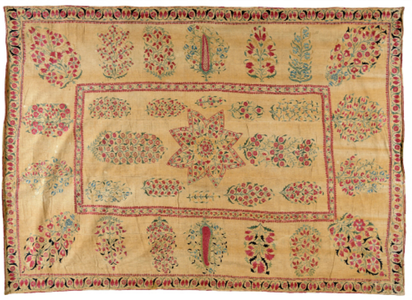
How does the magic of suzani work?
Suzani is the main type of wedding embroidery that originally served as a cover for the newlyweds' bed. By the end of the 19th century, suzani covers began to be used as wall hangings as well. However, this beautiful textile product has always held a magical significance for the people of Central Asia, particularly in Uzbekistan. What is that significance? Let’s explore here.
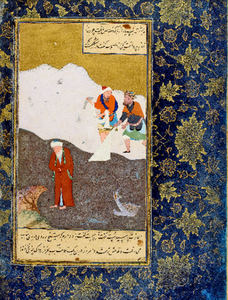
Humor in the Miniatures of Medieval Bukhara
In the work of the great writer Saadi, "Gulistan," there are many vivid and instructive stories and parables. This left ample room for creativity for the artists who adorned copies of this remarkable work with their miniatures. Despite the humility that the author advocates in his writings, one Bukhara artist from the 16th century infused the manuscript with a touch of humor. Here’s what we find:
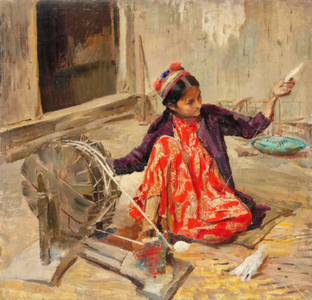
The first painting by an artist from Uzbekistan in the Tretyakov Gallery
It is no secret that the famous Turkestan series of paintings by the battle painter Vasily Vereshchagin was acquired by the Tretyakov Gallery as early as 1874. However, what is the painting, by which artist who lived and worked in Uzbekistan, and when did it first appear in the Tretyakov Gallery? Here’s what we find out:
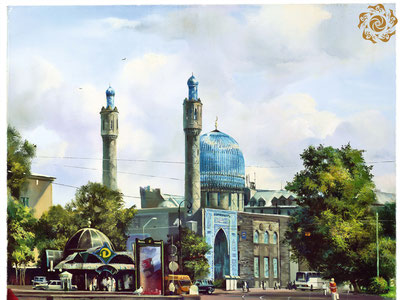
How much money did Emir Bukharsky invest in the construction of the mosque in St. Petersburg?
Emir of Bukhara Said Abdulkhalid Khan always paid special attention to the affairs of Islam. He heard the pleas for help from the Muslims of St. Petersburg, who had been unable to obtain permission to build a Cathedral Mosque in the city for over a hundred years. In 1907, Abdulkhalid Khan resolved this issue by purchasing a plot of land in the city center for 500,000 rubles. How much is that in modern terms? Let's break it down:
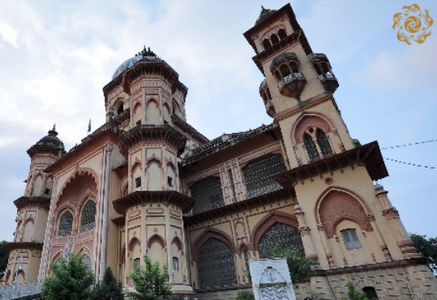
What secrets does "Indian Bukhara" hold?
In the northern part of India, where several centuries ago one of the grandsons of Amir Timur, Zahiruddin Babur, founded the state of the Great Mughals, lies the city of Rampur, which is referred to as "Indian Bukhara" due to its proximity to the capital of the Baburid dynasty, Agra, as well as its rich cultural heritage. It is here, in the once heart of the Great Mughal Empire, that one of the greatest repositories of knowledge and artifacts in the world is located.
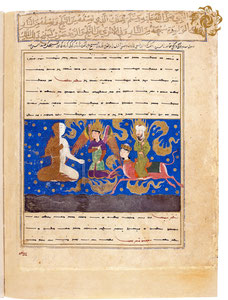
"Mirajnama" at the Court of Louis XIV
The National Library of France has a rich history, beginning with its establishment as the royal library. An important milestone in its development was the accumulation of manuscripts from Central Asia, which contributed to the expansion of knowledge about Eastern culture and literature. One of the key acquisitions was the famous manuscript "Mirajnama," which arrived in Paris in the 17th century. Read here about how this ancient manuscript came into the hands of the Musketeers’ ruler, Louis XIV.
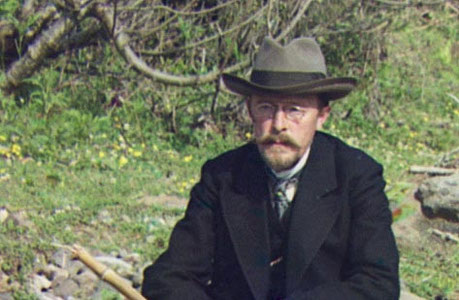
Did Prokudin-Gorsky work as a tax collector in Turkestan?
Pioneer of color photography in the Russian Empire, author of hundreds of photographs of Turkestan and the famous photograph of the Emir of Bukhara, Prokudin-Gorsky made a significant contribution to the cultural heritage of both Uzbekistan and the world. His works are stored in the Library of Congress in the USA, and exhibitions are held worldwide. But was photography his primary occupation, or were the photographs merely a hobby while he earned his living as a tax collector in Turkestan, a role often despised in the regions of the Russian Empire? Let's explore this here.
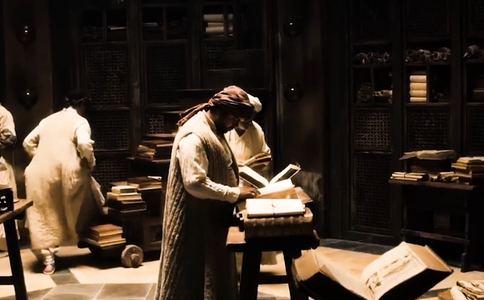
Eastern Renaissance - the flow of time
Eastern Renaissance... Three golden ages of scientists, whose discoveries still influence our lives today. Mathematics, astronomy, medicine, philosophy, art - hundreds, if not thousands of the greatest minds of the East, who created on the territory of Uzbekistan, whose achievements we still use, and the names of Beruni, Avicenna or Al-Khwarizmi are essentially household words. In the new WOSCU video.
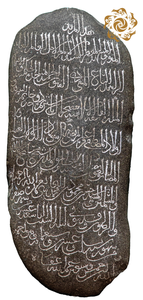
The gravestone as a memory of the "holder of fatwas" Al-Bukhari.
The gravestone found in the village of Butakara is an important historical artifact, dating back to the year 1323. It features an inscription that tells about Sayyid Hasan ibn Mahmud ibn Muhammad al-Bukhari. He is described as an outstanding imam, scholar, and ascetic who made significant contributions to Islamic jurisprudence and was known for his ability to differentiate and classify various currents within Islam.
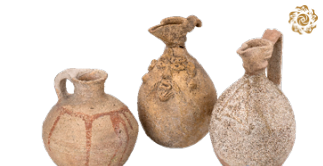
Ceramics Tell the Story of Sogdian Life
In the 7th–8th centuries, Sogd experienced significant changes in its political and social structure, which is reflected in its material culture, especially ceramics. Unlike the earlier period (5th–7th centuries), which is primarily represented by ceramic complexes from excavations, data from the later period allows for a more detailed tracing of the evolution of artistic and craft traditions.
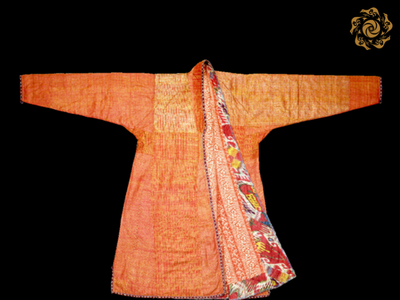
How the golden robe of Khudayar Khan ended up in Florence?
The Stibbert Museum is one of the most interesting and remarkable places in Florence. The museum's founder left the city an extraordinary collection of weapons, as well as artifacts of European, Islamic, and Far Eastern art and daily life. Among its exhibits are unique robes gifted to one of the museum's benefactors by Khudayar Khan himself.
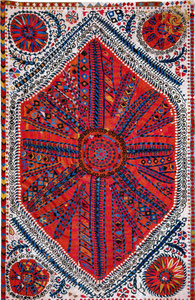
Suzani, bringing happiness to collectors in the USA
Unique suzanis from the Bukhara Emirate of the 18th century, featuring large medallions and inscriptions by Karman (Kermine), evoke a sense of happiness in the hearts of Bruce and Olive Baganz, who cherish them in their collection in the USA.
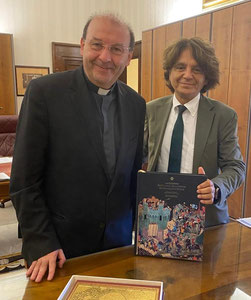
The Vatican Library is planning to engage WOSCU in the study of its archives
The Prefect (General Director) of the Vatican Apostolic Library, Mauro Mantovani, has not ruled out the possibility of close collaboration with WOSCU and the involvement of orientalists from the World Society in studying the archives of one of the unique libraries in the world.
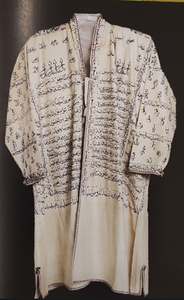
Scientists have proposed that the Center for Islamic Civilization (CIC) and WOSCU study the "contract of Muhammad with the jinn" and the robe of the Quran.
During the VIII Congress of WOSCU, dedicated to the activities of the Center for Islamic Civilization, Deputy Director for Research at the State Museum of the History of Religion, Ekaterina Teryukova, presented a report on a collaborative research project titled "Religious and Domestic Cult Objects from Uzbekistan in the Collection of the Museum of the History of Religion: History, Attribution, Restoration," in collaboration with museum researcher Irina Osmanova.
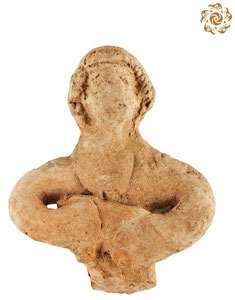
The Goddess Anahit from Old Termez
The first survey of the territory of a large settlement located near modern Termez was conducted in the 1920s. Among the finds was a figurine of the Zoroastrian goddess Anahit.
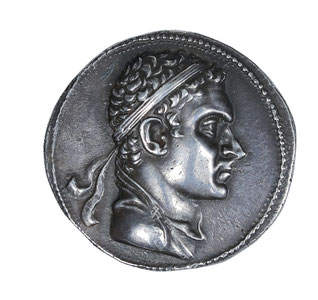
How a Czech surveyor created a numismatic collection in the Tashkent history museum
The history of the acquisition of a numismatic collection in the State Museum of History of Uzbekistan begins with the personal fate of World War I participant Bedrich Augst, a Czech by nationality and a surveyor by profession.
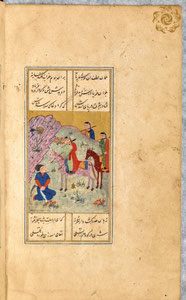
Khatifi - Author of Bestsellers from the Timurid Era
Khatifi holds an important place in the history of Eastern literature, particularly due to his epic works. His poem "Temurnama" not only glorifies Timur but also reflects the spirit of the time when art and culture were under the patronage of powerful rulers.
